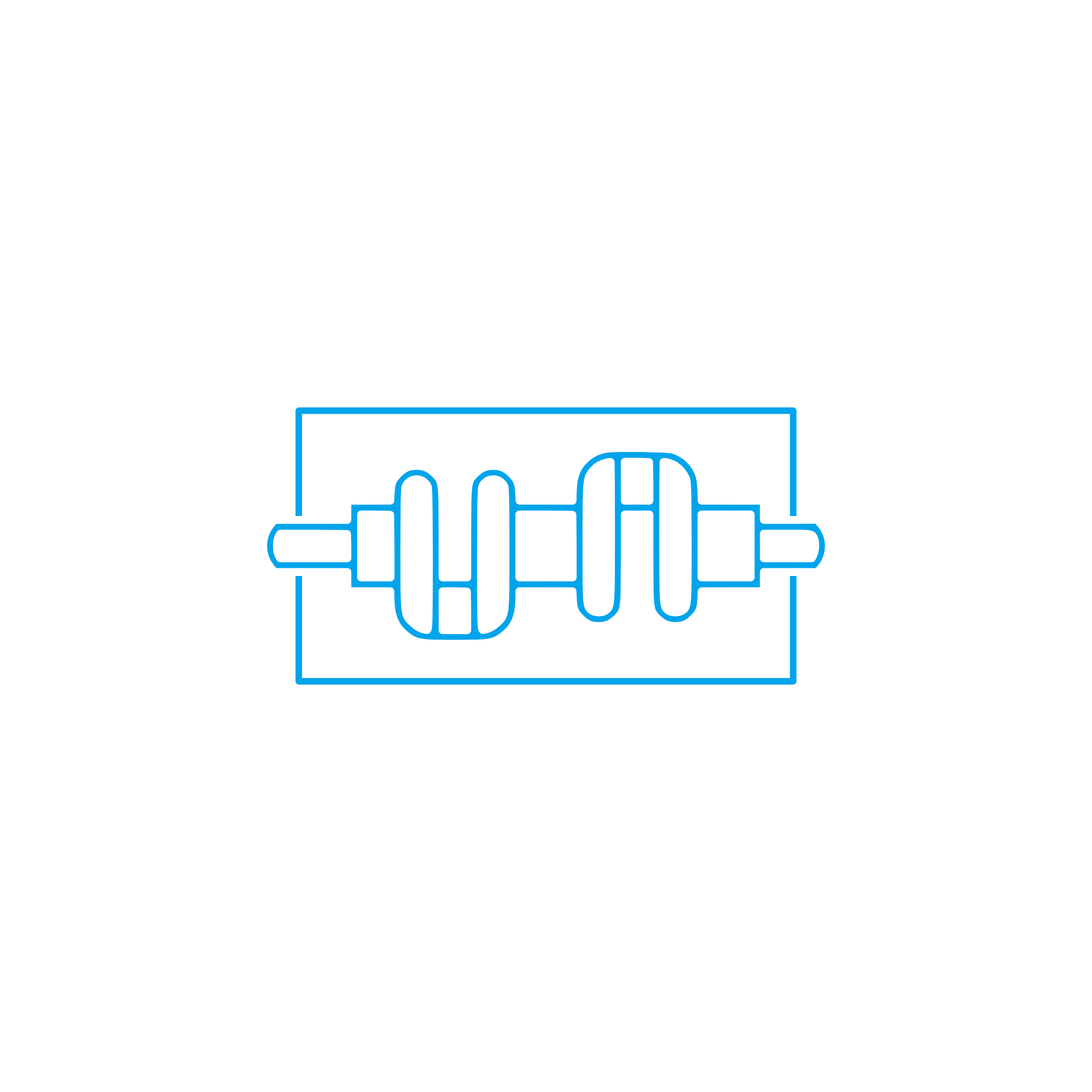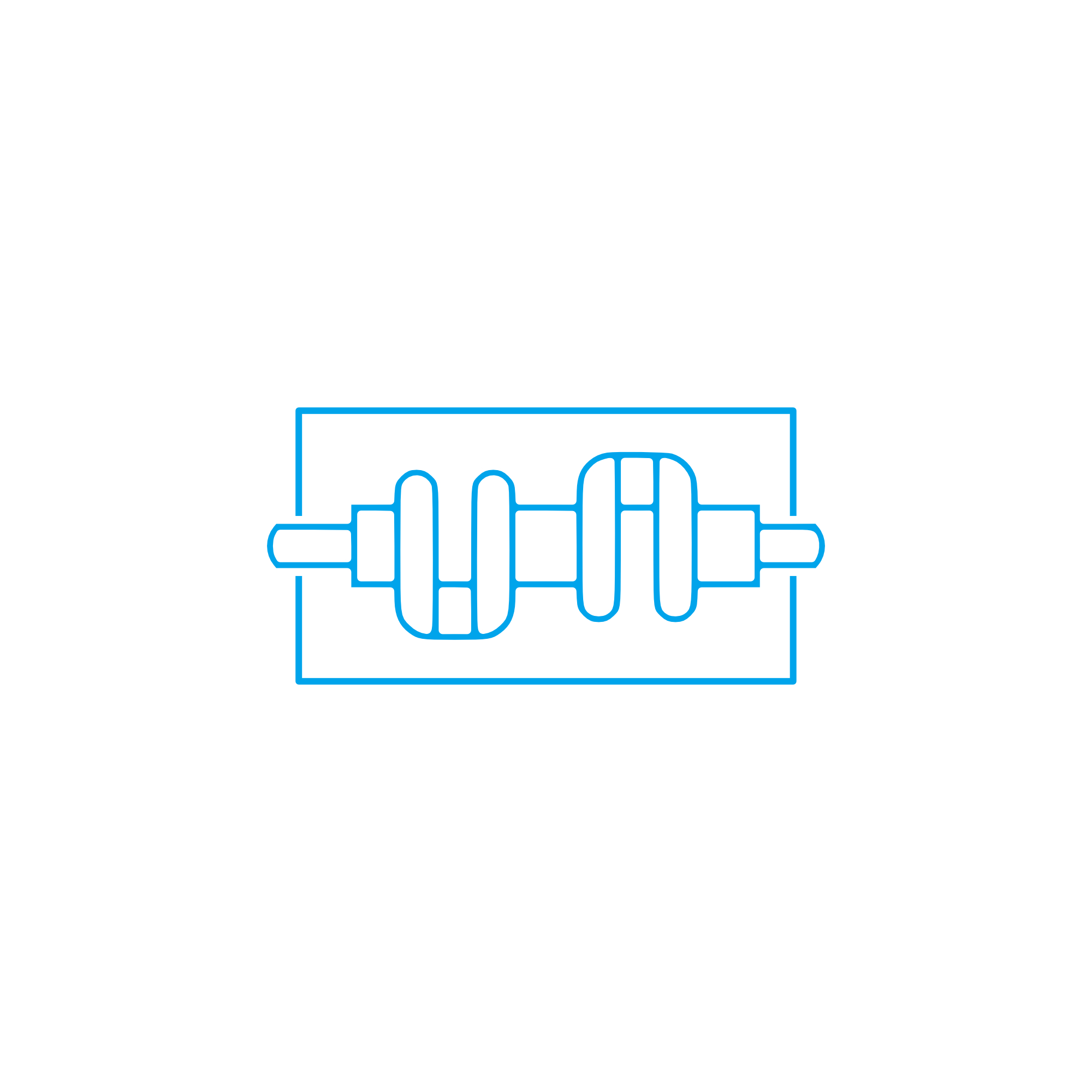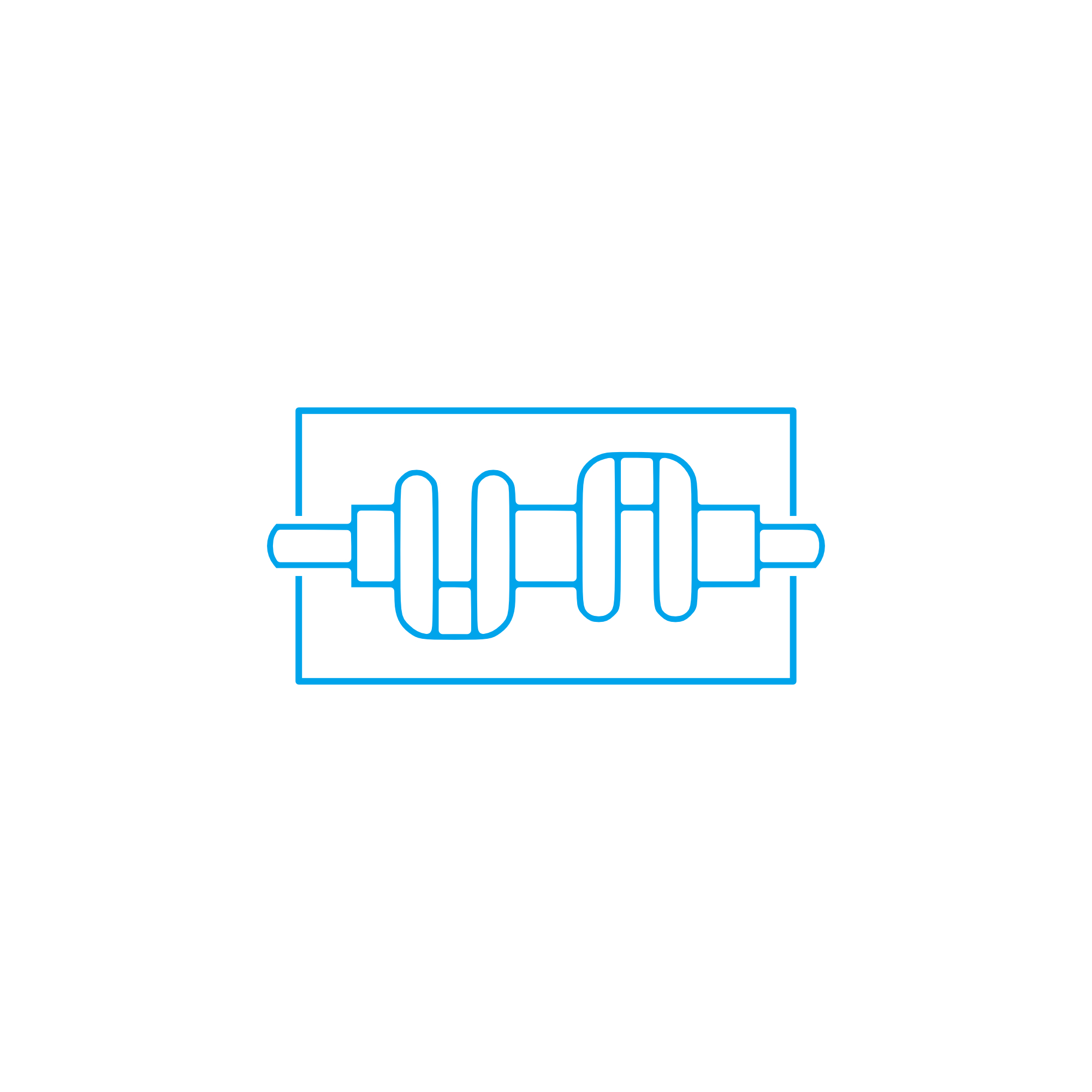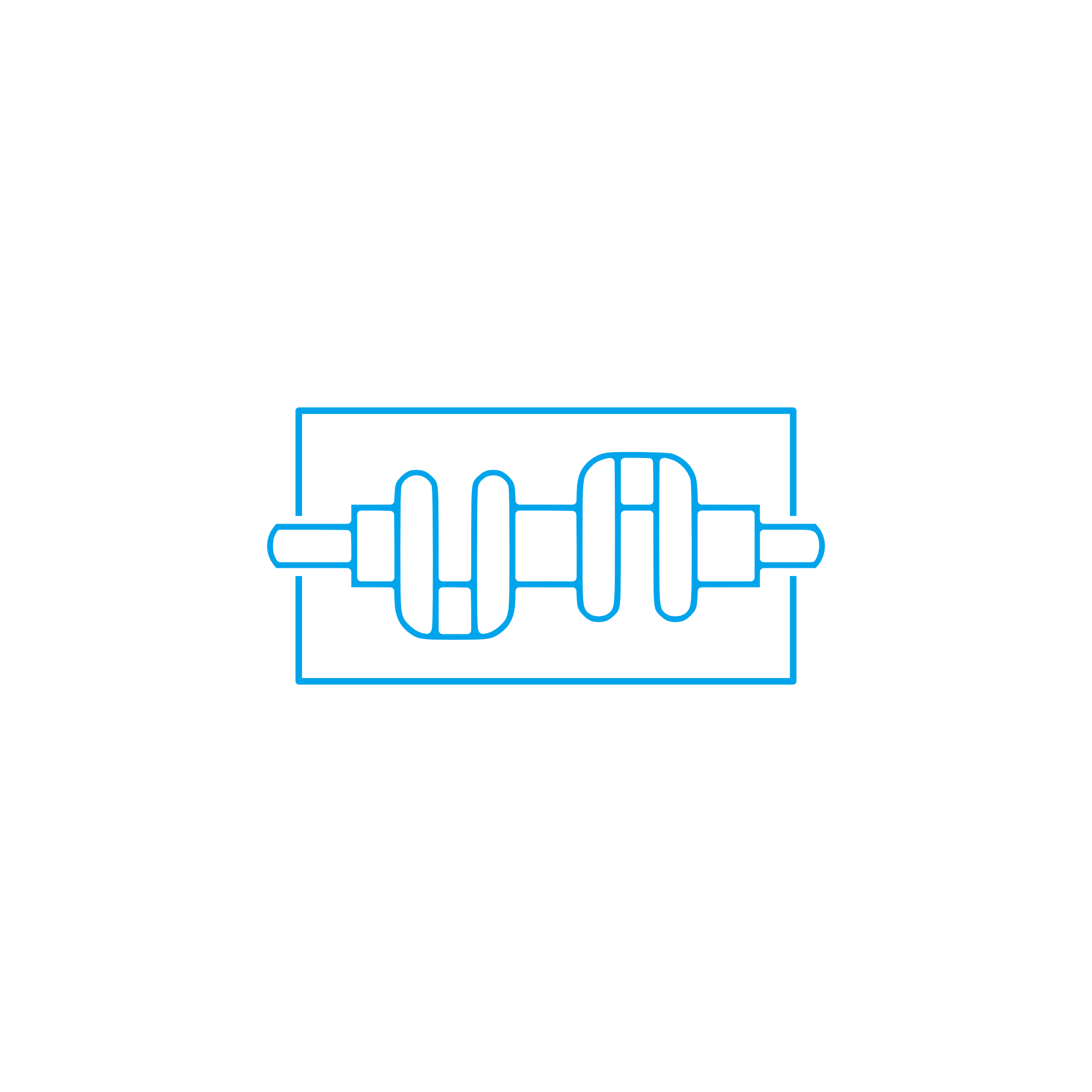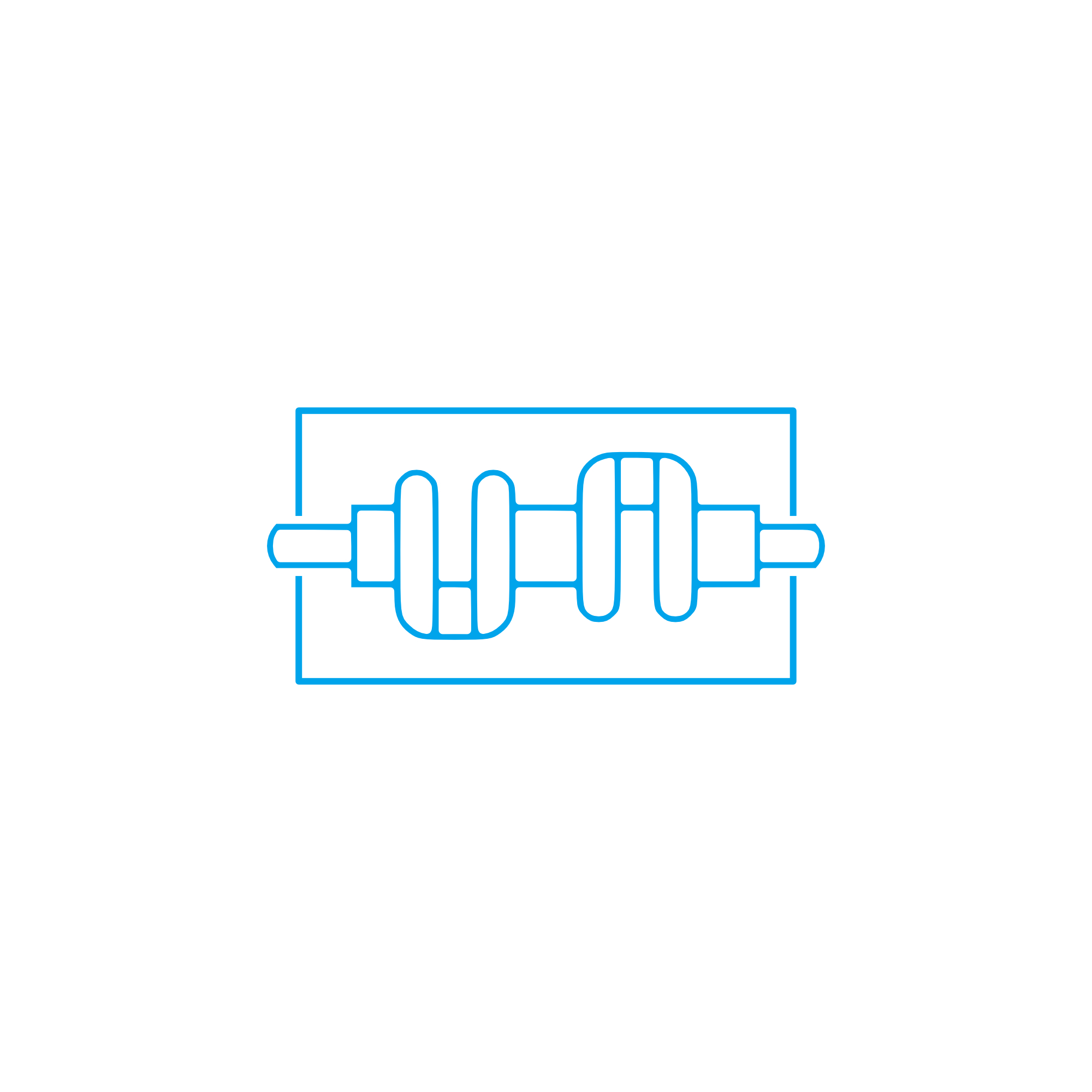CYLINDER LINER focus within crankcase parts for marine and diesel engines
Crankcase parts form the structural and lubrication core of an engine. In medium- and large-bore diesel and gas units—especially in marine engine applications—the crankcase (bedplate, frame, main bearing caps and shells, oil sump components, crankcase doors, relief valves, and sealing elements) supports the crankshaft, manages oil distribution, and maintains strict alignment with the cylinder block and the CYLINDER LINER. As the load-bearing “backbone,” these components keep rotating masses true, prevent distortion, and ensure the piston/liner assembly runs exactly as designed.
Because every combustion stroke transfers force through the piston, connecting rod, and crankshaft into the crankcase, this category of parts is essential to power density, efficiency, and safety. From hydrodynamic main bearings to crankcase ventilation and explosion relief hardware, properly specified crankcase parts protect the CYLINDER LINER interface, stabilize firing pressures, and minimize frictional and thermal losses in both diesel engine and gas engine platforms.
Technical function of crankcase parts and their interface with the CYLINDER LINER diesel engine
The crankcase establishes the geometry that allows a piston to move concentrically in the CYLINDER LINER. The bedplate and frame carry the main bearing housings with micron-level concentricity so the crankshaft rotates precisely; this alignment governs connecting-rod big-end motion and keeps the piston running square in the liner to avoid scuffing and edge loading. Main bearing shells create a hydrodynamic oil film that both centers the journal and dampens vibration. Controlled clearances, bearing crush, and eccentricity are engineered to maintain a stable oil wedge across speed and load changes.
Lubricating oil is routed through galleries in the crankcase to main bearings, big-end bearings, and piston cooling jets. Proper flow and cleanliness keep ring packs stable and liner temperatures even, which directly influences blow-by, oil consumption, and liner glazing. Crankcase doors provide inspection access for condition monitoring, while oil mist detection ports and explosion relief valves with flame arresters mitigate the risk of crankcase explosions in the event of severe blow-by or bearing failure. Seals at the front and rear ends contain oil and prevent air ingress; the crankcase ventilation system controls pressure, moisture, and aerosolized oil for cleaner operation and longer service intervals.
- · Rigid bedplate/frame for accurate crankshaft-line alignment.
- · Hydrodynamic main bearings with engineered crush and overlay.
- · Integrated oil galleries and piston cooling jets.
- · Crankcase doors for inspection and borescope access.
- · Relief valves and flame arresters for explosion protection.
- · Efficient ventilation/CCV to stabilize crankcase pressure.
- · Sealing elements that prevent leaks and oil aeration.
- · Precise interfaces that support the CYLINDER LINER and block.
How the crankcase supports CYLINDER LINER performance
Although the CYLINDER LINER is part of the cylinder system, its performance depends on the dimensional stability of the crankcase. If the bedplate distorts or main bearings wear, piston motion deviates and the liner can suffer scuffing, uneven wear, or polishing. Stable crankcase temperatures and oil supply also prevent localized hot spots at the liner, while good ventilation limits acid formation in the oil that could accelerate liner corrosion. In short, a healthy crankcase is a prerequisite for consistent ring sealing, low emissions, and fuel efficiency in a CYLINDER LINER marine engine or CYLINDER LINER diesel engine configuration.
Importance for engine operation and service life
Crankcase integrity is a primary determinant of reliability. Misalignment across main bearings increases friction and heat, damaging overlays and sending metal debris into the oil circuit. Excess bearing clearance can cause low oil pressure, loss of film strength, and risk of seizure. Micro-cracks in the bedplate or loose main bearing caps lead to fretting and journal damage. Ineffective ventilation causes condensation and corrosive wear; a stuck or incorrectly set relief valve can escalate a minor incident into a major crankcase event. These faults often manifest upstream as abnormal liner wear patterns, piston ring breakage, and elevated oil consumption—clear evidence that crankcase condition governs CYLINDER LINER durability.
For shipowners and plant operators, the result is practical: stable crankcase parts extend overhaul intervals, protect expensive rotating assemblies, and maintain predictable emissions and fuel curves. Conversely, neglected crankcase components risk unplanned stops, class non-compliance, and costly docking or downtime.
Advantages of OEM spare parts suitable for crankcase parts and CYLINDER LINER OEM parts
Using OEM spare parts for the crankcase ensures the metallurgy, heat treatment, and machining tolerances match the engine’s baseline. Bearing shells arrive with the correct substrate and overlay system (e.g., tri-metal with fatigue-resistant backing), calibrated wall thickness, and designed eccentricity for each housing. Bedplate and cap fasteners are supplied with the specified material class and elongation characteristics to achieve the correct preload during tightening. Relief valves are manufactured to the right cracking pressure and flow profile, safeguarding the engine without nuisance activations. Seals and gaskets fit precisely, minimizing oil aeration and leakage that would degrade lubrication and liner life.
Traceable OEM spare parts streamline procurement and maintenance forecasts: consistent dimensions reduce fitting time, cut risk during alignments, and enable repeatable results during overhauls. Over the life of a marine engine, the combination of dimensional fidelity and validated coatings reduces frictional losses, stabilizes temperatures around the liner, and protects against premature bearing and journal wear—directly improving total cost of ownership.
What decision-makers gain by specifying OEM parts
Procurement teams, superintendents, and chief engineers benefit from predictable delivery, batch traceability, and compatibility across engine serial ranges. CYLINDER LINER OEM parts and associated crankcase components arrive configured to the engine maker’s specifications, reducing commissioning risks after dry-dock or major overhaul. The result is repeatable performance, fewer teething issues, and smoother audits.
MOPA: fast, reliable supply of OEM spare parts for crankcase parts
MOPA is an experienced partner for OEM spare parts across the full spectrum of crankcase parts—from main bearing shells and cap bolts to relief valves, seals, and crankcase doors—and for the associated CYLINDER LINER requirements. We prioritize speed with efficient sourcing and logistics, quality through strict supplier selection and documentation, and security in the trade of OEM parts for diesel and gas engines via clear traceability and controlled handling. Whether you operate a deep-sea vessel or a land-based power unit, MOPA helps you keep critical stock on hand and engines running to plan.
Conclusion
Crankcase parts underpin the alignment, lubrication, and safety conditions that let the CYLINDER LINER and piston assembly perform at their best. Selecting OEM spare parts suitable for crankcase components—and matching CYLINDER LINER OEM parts—delivers the dimensional precision, materials, and reliability needed for sustained performance and long service life in demanding diesel and marine engine operations.

